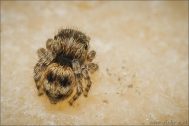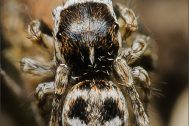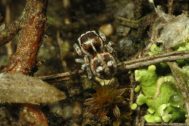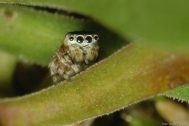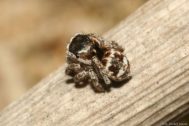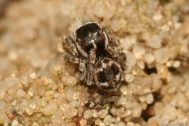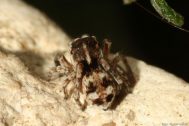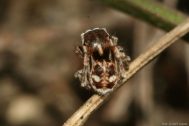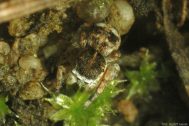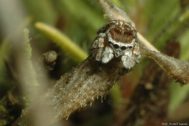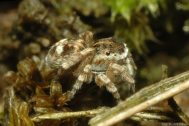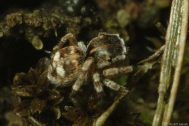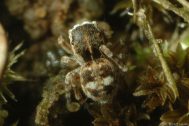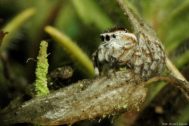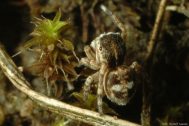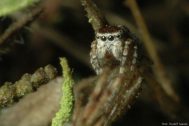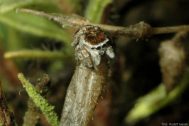| České jméno | skákavka pozemní |
|---|
| Stupeň ohrožení | Ohrožený |
|---|
| Nálezy | 28 nálezů, 15 kvadrátů |
|---|
| První nález |
1930, F. Miller, Kůrka v tisku
|
|---|
| Poslední nález |
2024
, Ondřej Machač |
|---|
| Areál rozšíření | Palaearctic - E-A |
|---|
| Fytogeografická oblast | - Meso
- Mezofytikum. Oblast zonální vegetace a květeny temperátního pásma, tedy oblast opadavých listnatých lesů. Značnou část této oblasti zaujímají dnes pole a louky. Sem je přiřazena i východní část českého Termofytika.
- Thermo
- Západní část českého Termofytika a celé moravské Termofytikum. Oblast extrazonální teplomilné vegetace a květeny v rámci temperátního pásma, kde převládají nelesní společenstva.
|
|---|
| Původnost stanovišť | - climax (Preference: Vysoká)
- Klimaxová stanoviště, která jsou minimálně narušena činností člověka: původní horská stanoviště, původní a přirozené lesy, mokřady, rašeliniště, skalní stepi a lesostepi, váté písky, kamenité sutě, skály apod.
|
|---|
| Vlhkost stanovišť | - very dry
- Velmi suchá. Písčiny, skalní stepi, osluněné povrchy skal a kamenitých sutí.
|
|---|
| Stratum | - Ground layer (Preference: Vysoká)
- Půdní povrch. Půdní povrch, prostory pod kameny, prostory v detritu a mechu.
|
|---|
| Osvětlení stanovišť | - open
- Většinou bez vegetace či s nízkou vegetací, kde osvětlení zasahuje až k půdnímu povrchu: holé skály a sutě, štěrkové lavice, stěny budov, písčiny, skalní stepi, kosené louky, pole, vřesoviště, stanoviště nad horní hranicí lesa, rašeliniště.
|
|---|
| Hojnost výskytu | - rare
- Vzácný. Druh vyskytující se na malém počtu mapových polí, většinou pouze v omezené oblasti. Vzácné jsou například druhy vyskytující se pouze v horských oblastech nebo druhy žijící pouze v nejteplejších oblastech České republiky
|
|---|
| Nadm. výška | 200-500 |
|---|

